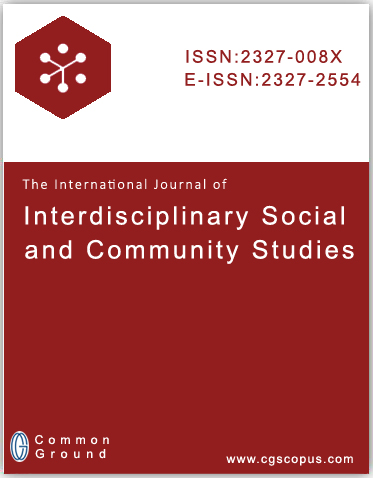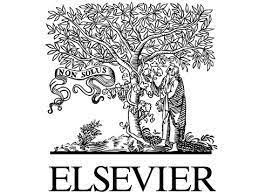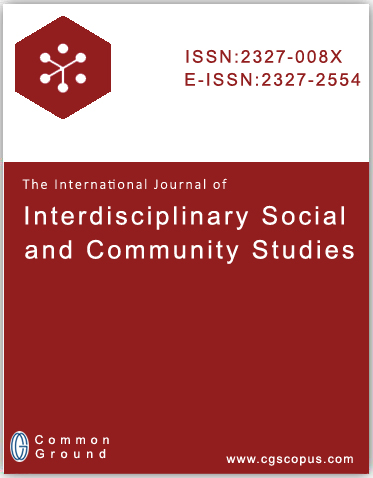Heritage or Commodity? The Katé Festival, Cham Identity, and Tourism in Vietnam
DOI:
https://doi.org/10.18848/czj3qp55Abstract
In recent years, there has been a renewed focus on the marginalised Cham communities in Vietnam. Historically, the Cham people have inhabited central Vietnam for over six centuries, yet their population has witnessed a continuous decline, with current estimates suggesting a population of no more than 178,948 (General Statistics Office of Vietnam, 2023). Once engaged in prolonged conflict with the Viet majority, the Cham are now receiving unprecedented attention from Vietnamese authorities and society.
A notable aspect of this shift is the strategic promotion of Cham cultural heritage as both a tangible and intangible asset. With Southeast Asian nations such as Thailand and Indonesia experiencing significant economic growth through tourism, Vietnam appears to be capitalising on the rural character of Cham settlements to foster eco-tourism. The Cham's rich cultural traditions—rooted in a Hindu heritage—are being emphasised through the revival of pottery-making, weaving, folk dances, and lunar calendar-based festivals.










